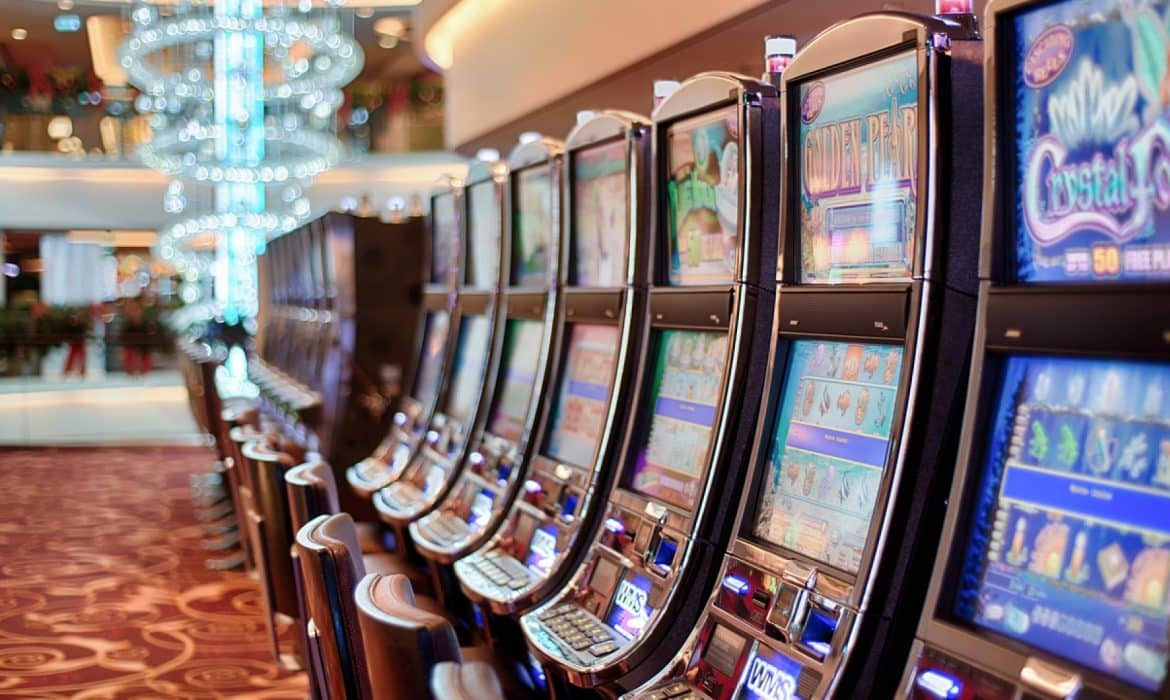
In the shadows of these glittering illuminations and those alluring sounds of rotating reels lies a dynamic world where creativity meets numbers: the making of games of chance. While players converge to gaming establishments seeking excitement plus the chance of winning big, a vast amount of work takes form behind closed doors to create these games they enjoy. From the starting concept to the ultimate product that players engage with, numerous elements come together to ensure an captivating gaming experience.
Creators, technicians, plus game developers work together to combine innovative technology with engaging gameplay mechanics. Every aspect, from visuals plus sound effects to odds and payouts, is meticulously crafted to draw in players plus keep them entertained. Understanding this complex process of how casino games are made reveals both the technical skills required but also the creative vision that brings these engaging experiences to life.
Casino Game Development Workflow
The game workflow begins with brainstorming and concept development, where creators generate ideas for new casino games. This initial phase typically includes identifying target audiences and understanding market trends. Designers consider factors such as game mechanics, themes, and payout structures to create an immersive experience. Teamwork between game designers, mathematicians, and artists is essential to ensure a well-rounded concept.
Once a concept is chosen, the next stage entails prototyping and testing. Designers create a functional version of the game to evaluate its playability and mechanics. This allows for adjustments and refinements based on feedback from testers. Iteration is vital, as designers may go through multiple rounds of evaluations to optimize gameplay balance and user experience. This stage is essential for spotting any possible issues before the game is finalized.
After testing, the game moves into the development phase and production. This comprises the technical aspects of coding the game software, integrating graphics, and making sure compliance with gaming regulations. Quality assurance testing verifies that the game functions flawlessly across different platforms and devices. Once everything is polished, the game is prepared for launch, usually accompanied by promotional tactics to attract players and generate excitement around the new casino offering.
Technology and Advancement
The development of casino games has changed significantly with advancements in tech. Modern game design often includes high-quality graphics, immersive sound effects, and engaging animations that deliver a captivating experience for players. Game developers use complex software tools and programming languages to develop these interactive gaming experiences. Additionally, the use of random number generators ensures equity and unpredictability in outcomes, which is crucial for ensuring player trust and compliance with gaming regulations. j88com.mobi
In recent years, the surge of online casinos has pushed the limits of game development even further. Developers are now able to build games that appeal to a worldwide audience, integrating features such as live dealers and virtual reality environments. This shift has encouraged creativity, leading to unique game mechanics and formats that enhance player engagement. Gaming on mobile devices has also become a major focus, driving developers to optimize games for mobile phones and tablets, ensuring accessibility and convenience for players on the go.
Collaboration among designers, visual artists, and math experts is crucial in the creation process. Each team contributes their knowledge to ensure games are not only visually appealing but also mathematically sound and enjoyable. The integration of player feedback during beta testing allows developers to improve game features and functionalities, ultimately leading to a favorable launch. As technology continues to advance, the potential for innovative game concepts and experiences is endless, promising an enticing future for casino games.
Evaluating and Quality Assurance
Once a slot has been created, it transitions to the essential phase of testing and quality control. This phase ensures that the game operates seamlessly and provides a just experience for users. Teams conduct comprehensive tests, including functionality checks to verify that all game features work as intended. Each aspect, from graphics to audio, is reviewed to ensure quality benchmarks are met.
In addition to functionality testing, the game entails thorough compliance checks to meet compliance requirements. Various jurisdictions have specific rules governing game fairness and player protection. Quality assurance teams will verify that the random number generators are functioning correctly and that the game’s payout percentages match with industry standards. This detailed examination helps forge trust with gamblers and regulators alike.
Finally, user testing may be conducted with actual users to collect opinions on user experience. This invaluable insight allows developers to make necessary adjustments before the public launch. Resolving any possible issues identified during this phase helps ensure that users will have a seamless, engaging experience when the game goes live. The commitment to quality reflects the sector’s dedication to delivering entertaining and trustworthy casino games.
